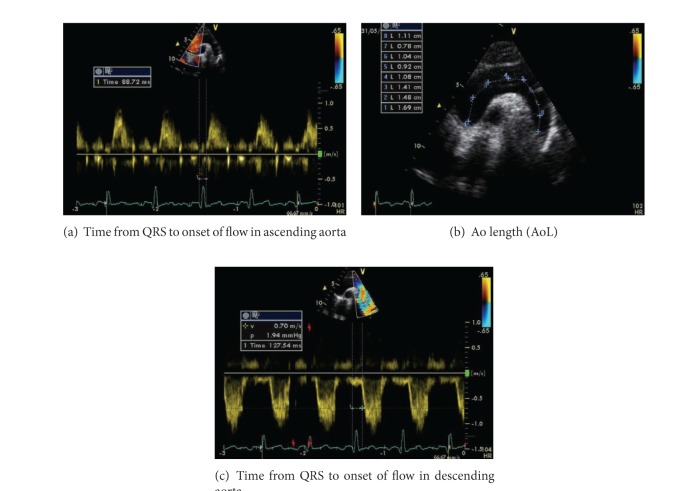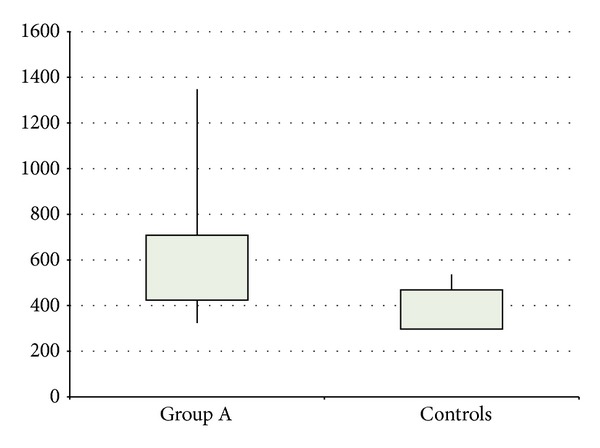Proximal aortic stiffness is increased in systemic lupus erythematosus activity in children and adolescents.
引用次数: 14
Abstract
Patients with systemic lupus erythematosus (SLE) are prone to premature atherosclerosis and are at risk for the development of cardiovascular disease. Increased arterial stiffness is emerging as a marker of subclinical atherosclerosis. Purpose. To measure proximal aortic stiffness in children and adolescents with SLE. Methods. We studied 16 patients with SLE in activity (mean age 15 ± 2.42 years; 16 females), 14 patients with SLE not in activity (mean age 15.7 ± 1.89 years; 4 males, 10 females), and 16 age- and sex-comparable healthy children and adolescents (15.5 ± 1.71 years; 4 males, 12 females). Disease activity was determined by the SLE disease activity index (SLEDAI). All subjects underwent echocardiography for assessment of proximal aortic pulse wave velocity (PWV) [Ao distance/Ao wave transit time in the aortic arch]. Venous blood samples were collected for ESR. Results. Patients in activity had significantly higher PWV values than controls (P < 0.05), while no significant difference was found between patients not in activity and controls. Conclusions. SLE patients with disease activity demonstrate increased PWV and arterial stiffness of the proximal aorta, while patients without disease activity do not. This suggests that inflammation secondary to SLE activity, and not subclinical atherosclerosis, is the major underlying cause for increased arterial stiffness in this age group.


近端主动脉僵硬增加系统性红斑狼疮活动在儿童和青少年。
系统性红斑狼疮(SLE)患者容易发生过早动脉粥样硬化,并有发展为心血管疾病的风险。动脉僵硬度增加是亚临床动脉粥样硬化的标志。目的。测量儿童和青少年SLE患者主动脉近端僵硬度。方法。我们研究了16例活动期SLE患者(平均年龄15±2.42岁;16例女性),14例SLE无活动期(平均年龄15.7±1.89岁;4名男性,10名女性),16名年龄和性别相当的健康儿童和青少年(15.5±1.71岁;4男,12女)。疾病活动性由SLE疾病活动性指数(SLEDAI)确定。所有受试者均行超声心动图评估主动脉近端脉冲波速度(PWV) [Ao距离/Ao波在主动脉弓传递时间]。采集静脉血进行ESR。结果。运动组PWV值显著高于对照组(P < 0.05),而不运动组PWV值与对照组无显著差异。结论。有疾病活动性的SLE患者表现出近端主动脉的PWV和动脉僵硬增加,而无疾病活动性的患者则没有。这表明继发于SLE活动的炎症,而不是亚临床动脉粥样硬化,是该年龄组动脉僵硬增加的主要潜在原因。
本文章由计算机程序翻译,如有差异,请以英文原文为准。
求助全文
约1分钟内获得全文
求助全文

 求助内容:
求助内容: 应助结果提醒方式:
应助结果提醒方式:


